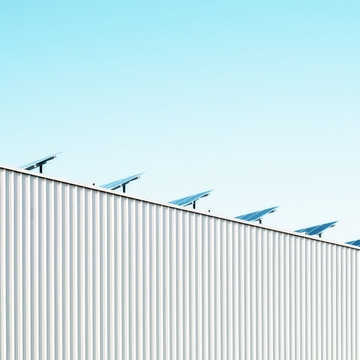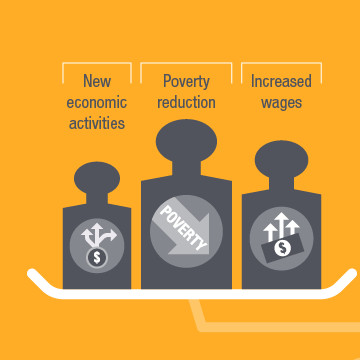Credit: Norrman, Peter, Anders Birgersson and Steven Hartman. Representing climate change. Single-channel video presentation originally published in bifrostonline.org, 30 November 2017 (CC BY-SA 2.0)
Representing climate change
Environmental humanities scholars Þorvarður Árnason (University of Iceland) and Greg Garrard (University of British Columbia).
Þorvarður Árnason and Greg Garrard reflect on the challenges of representing unsustainable carbon-dioxide emissions. Global warming and climate change are some of the best-known effects, of many, on environments around the world due to societies’ continued unsustainable burning of fossil fuels for their energy needs. Such effects are often difficult to represent in efforts to communicate scientific findings or policy priorities on climate change. Árnason’s repeat photography project, documenting glacial recession in an outlet glacier of Vatnajökull (Iceland’s largest glacier) attempts to bear witness to one tangible effect among a multitude of local environmental changes happening around the planet due to the world’s unsustainable reliance on fossil fuels. “The recession of glaciers,” Árnason notes, “is the canary in the global coal mine…due to the build-up of these gasses that are invisible.”
This Bifrost documentary chapter, shown here as a single-channel triptych, comes from a ‘surround’ multiscreen video installation first exhibited at Svavar Guðnason Museum in Höfn, Iceland.




